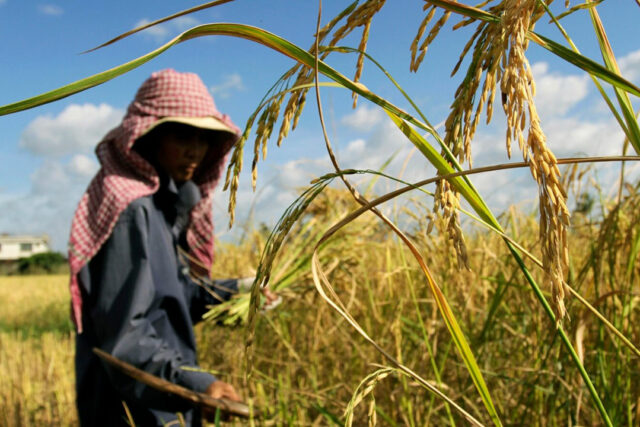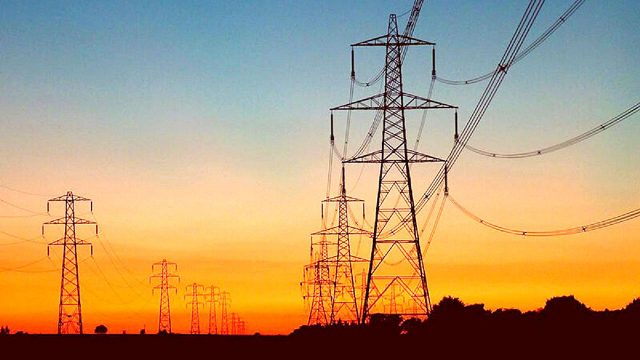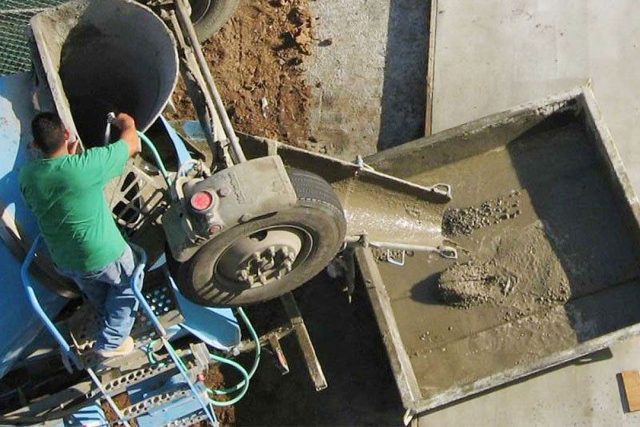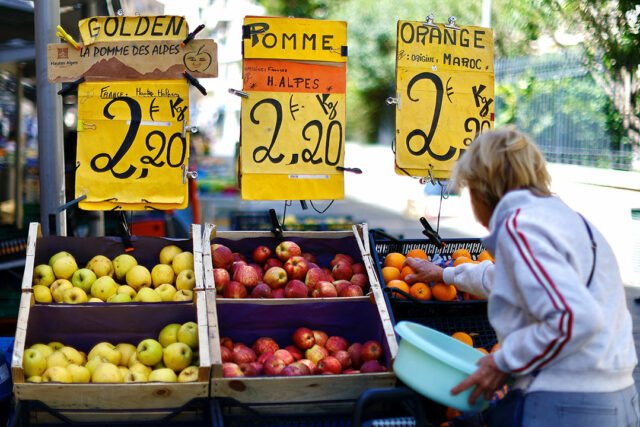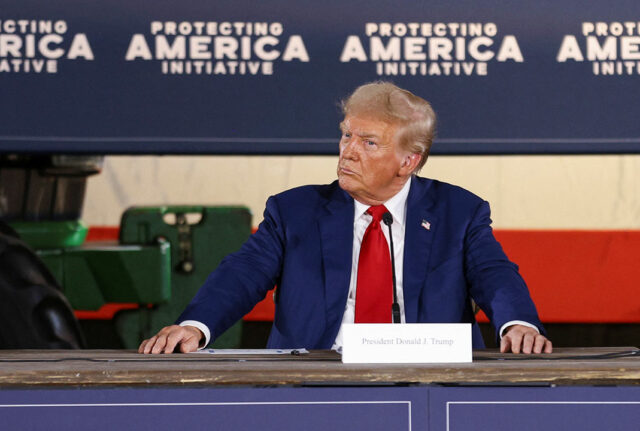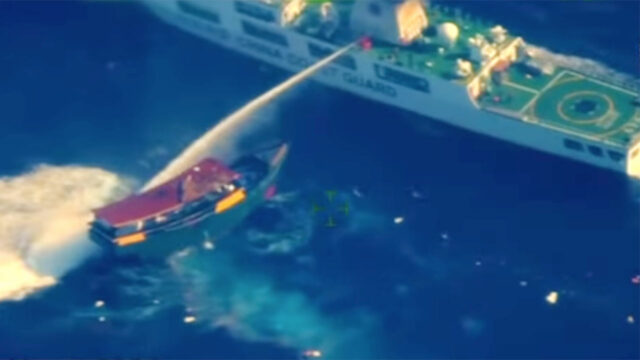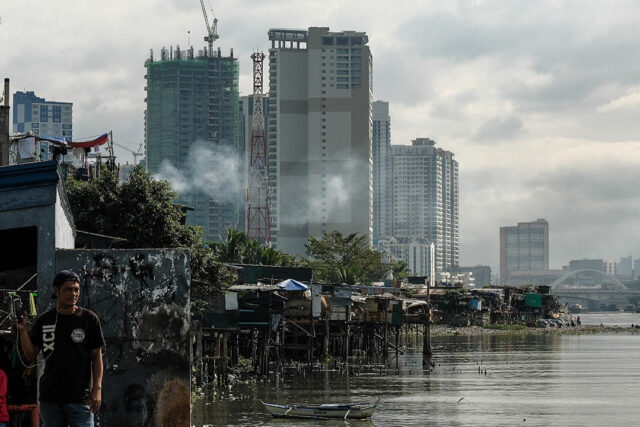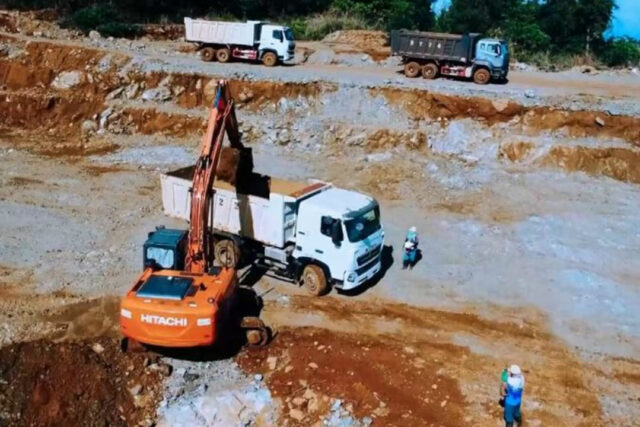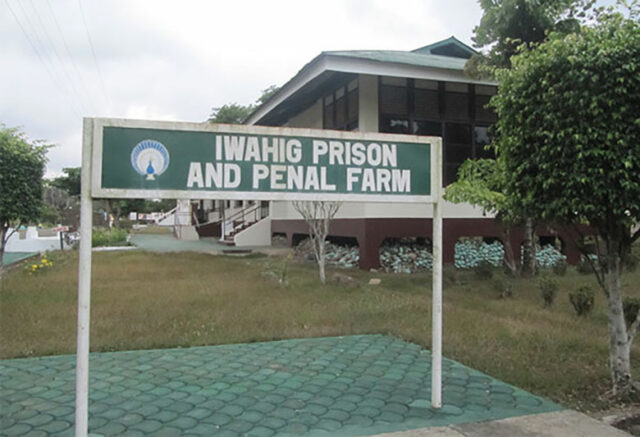IN BRIEF:
• While 88% of investors have increased their use of ESG information, 92% worry that ESG-related initiatives harm short-term corporate performance.
• Despite the rise of sustainability reporting, 66% of investors say their institution is likely to decrease its consideration of ESG in decision-making.
• More than 85% of investors say that greenwashing is a worsening problem — yet 93% seem confident that companies will meet their sustainability targets.
The investment landscape is evolving, with a growing emphasis on sustainability and environmental, social, and governance (ESG) factors. However, a significant gap remains between what investors say about integrating ESG into their decision-making and what they actually do. This article explores the challenges investors face in balancing short-term demands with long-term value and offers strategies to bridge this gap.
SHORT-TERM PRESSURES, LONG-TERM PERFORMANCE
Investors acknowledge the importance of sustainability and understand that long-term value is generated by companies transitioning to more sustainable business models. Despite this, immediate macroeconomic and geopolitical pressures often drive investment decisions toward short-term objectives. Nearly two-thirds of investor respondents in the EY 2024 Institutional Investor Survey, which draws on the views of 350 investment decision-makers from institutions worldwide, said that shifts in the business cycle, including periods of slower economic growth and recession, will most acutely affect their institution’s investment strategy over the next two years.
Economic concerns, such as trade restrictions, cost of capital, and labor availability, dominate investor focus. However, most investors also recognize the impact of climate change on their investment strategies. Investors see climate change as a significant driver of investment decisions, correlating with the maturity of regulations and policies in these regions.
In light of the major moves in the first 100 days of the Trump administration, the US stance on climate change and environmental issues may influence investor sentiment. The administration’s rollback of environmental regulations may encourage short-term investment but raise long-term climate risks, potentially altering investor sentiment. This divergence could lead to competitive disadvantages for US companies if investors reassess their long-term strategies with a greater emphasis on sustainability.
On the other hand, many investors remain motivated by the desire to deliver short-term returns. Some investors may not push for change if they believe they are sufficiently diversified at a portfolio level regarding sustainability-related risks. This leads to a focus on maximizing value through current business models rather than transitioning to new, sustainable ones.
GREENWASHING CONCERNS
Another factor contributing to the gap between investor intentions and actions is the issue of greenwashing. More than 85% of investors surveyed believe that misleading statements about companies’ sustainability performance are a greater problem now than five years ago. This lack of trust in corporate sustainability information makes investors cautious about allocating capital to businesses claiming sustainability credentials.
Despite these concerns, 93% of investors expressed confidence that companies will meet their sustainability targets. This confidence contrasts with findings from corporate leaders, with fewer than half of finance leaders believing their organizations will meet major sustainability priorities. This disconnect suggests that investors may be optimistic or not actively tracking companies’ progress against their targets.
VOTING FOR CHANGE
Investors claim to support ESG shareholder resolutions, with 86% confirming that their recent voting record generally favors such initiatives. However, broader data indicates lower levels of support from institutional investors for ESG-related shareholder solutions. This discrepancy highlights the ongoing say-do gap in investor behavior.
Political or social pressure on ESG matters significantly influence investor voting on ESG and sustainability-related shareholder solutions. Yet skepticism remains about the potential long-term impact of these resolutions on shareholder value. Only 26% of investors believe that ESG resolutions substantially influence their firm’s voting based on long-term value, and even fewer (10%) believe they impact near-term profitability.
GAUGING THE IMPACT OF CLIMATE CHANGE
Investor strategies toward sustainability investment are driven by factors such as government policy, decarbonization targets, fund mandates, and portfolio performance and risk. Nearly two-thirds of investors closely monitor losses or stranded assets tied to extreme-weather-related events, reflecting the direct financial impact these threats can have on a portfolio.
Insurance premiums for physical risks and natural catastrophe protection are expected to increase significantly, and the global cost of decommissioning stranded assets in the energy sector could be as high as $8 trillion. Investors also monitor routine climate reporting and shifts in climate-related policies by other investors, although they pay less attention to corporate-specific disclosures.
CLIMATE LITIGATION
Climate litigation poses a significant risk to companies and investors. More than 1,800 climate litigation cases have been filed globally since 2015, challenging companies and governments for not taking enough action on climate or incorporating climate risk into financial decision-making. These cases can damage a company’s reputation and undermine its standing with customers, regulators, and society, impacting the value of an investor’s stake in the business.
Investors are acutely aware of these risks, with nearly half undertaking structured reviews of climate-related litigation risk against their firm and the companies they invest in. This scrutiny highlights the importance of managing climate-related risks to protect capital and maintain investor confidence.
SUSTAINABILITY REPORTING
While investors have access to a wealth of sustainability information thanks to various initiatives and frameworks, many are still dissatisfied with the progress companies have made in delivering nonfinancial performance reporting. They reported being particularly disappointed with the materiality, comparability, and accuracy of sustainability data.
The implementation of frameworks such as that of the International Sustainability Standards Board (ISSB) and the EU’s Corporate Sustainability Reporting Directive (CSRD) is expected to improve the quality of sustainability reporting. In the Philippines, the adoption of the ISSB’s PFRS S1 and S2 Standards is anticipated to begin with mandatory disclosures in 2027 covering 2026 data, tiered according to market capitalization. Additionally, mandatory external assurance is expected to be implemented in 2028.
These standards emphasize the critical connection between financial statements and sustainability-related financial information, while also underscoring the importance of understanding financial statement impacts of climate-related risks and opportunities. This will lead to better information for investors and capital markets. However, these frameworks are still in their early days, and investors remain cautious about their usefulness for short-term investment decision-making.
LOOKING AHEAD
It is unclear whether the gap between what investors say about integrating sustainability into their decision-making and what they do in practice will narrow or widen in the near future. Investors are showing signs of “sustainability fatigue” and recognizing the challenges of quantifying and selling the ESG benefits of long-term value creation. However, they continue to engage with sustainability at a meaningful level and are developing a deeper understanding of ESG as both a risk and a value driver for their portfolios.
The global direction remains unchanged, with the world’s biggest markets maintaining ambitious net-zero targets. Meeting these targets will require significant investments in infrastructure and the development of new, sustainability-oriented business models. The financial losses associated with extreme weather events and the economic risks related to biodiversity loss and ecosystem damage will encourage investors to maintain their focus on sustainability.
Closing the say-do gap is expected to result in more capital being allocated to organizations that make a positive difference over the long term. Investors should integrate sustainability broadly into their entire portfolio rather than confine sustainability investing to a small set of characteristics and companies. They can also leverage third-party assurance to validate the credibility of companies’ claims regarding their sustainability performance. This approach will help investors balance short-term demands with long-term value and close the say-do gap.
This article is for general information only and is not a substitute for professional advice where the facts and circumstances warrant. The views and opinions expressed above are those of the author and do not necessarily represent the views of SGV & Co.
Benjamin N. Villacorte is the sustainability services leader of SGV & Co.

